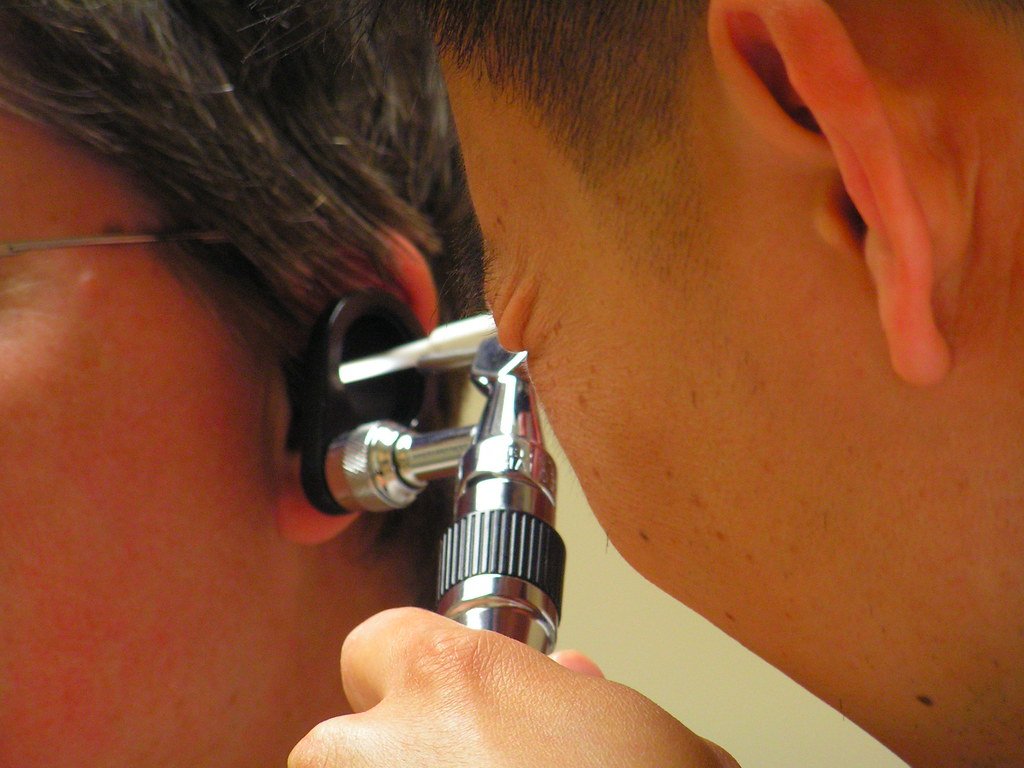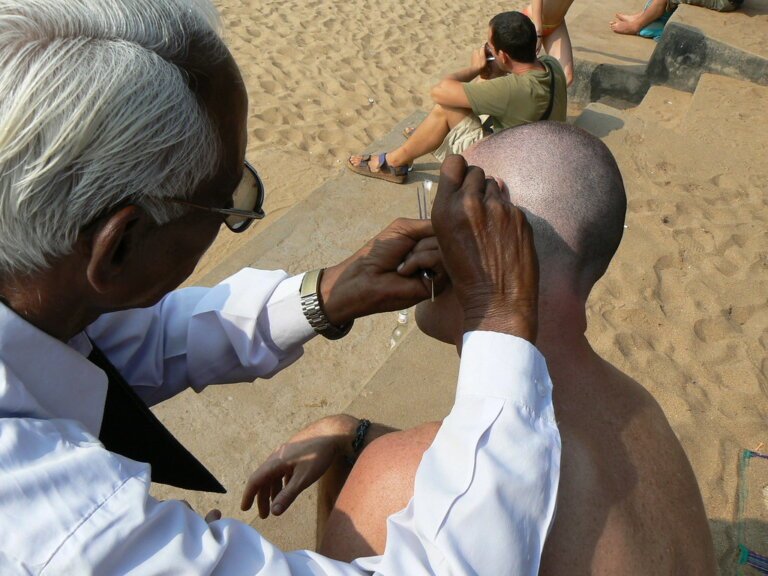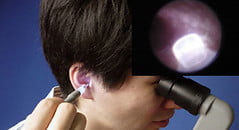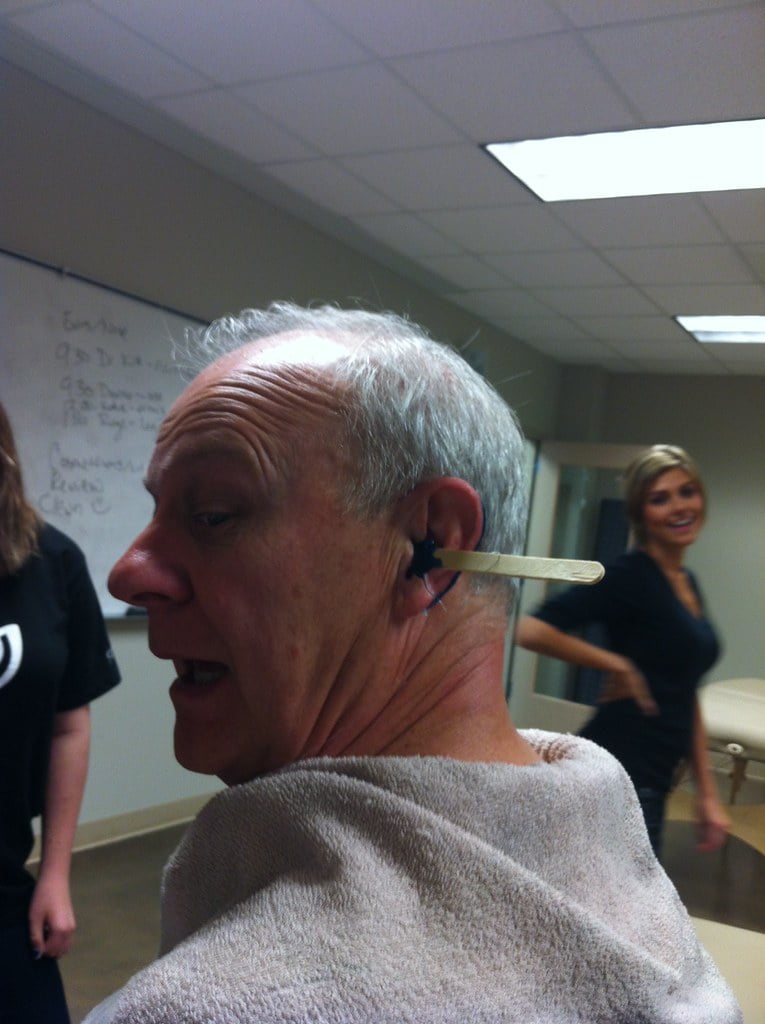A Look at National Certifications in Manual Instrument Ear Wax Removal
Last Updated on 25th April 2024 by Admin
Introduction
Ear wax, also known as cerumen, is a natural substance produced by the glands in the ear canal. While ear wax serves a protective function, excessive buildup can lead to various symptoms such as hearing loss, discomfort, and even ear infections. Manual instrument ear wax removal is a common procedure performed by trained professionals to safely and effectively remove excess ear wax. In order to ensure the highest standard of care and expertise, many countries have established national certifications for professionals in this field. In this article, we will explore the importance and benefits of national certifications in manual instrument ear wax removal.
Why Are National Certifications Important?
National certifications play a crucial role in the field of manual instrument ear wax removal for several reasons:
- Standardization: National certifications establish a set of standardized guidelines, protocols, and practices to ensure consistency and quality of care across the profession. This helps eliminate variations in techniques and ensures that professionals adhere to best practices.
- Standardized guidelines provide a framework for professionals to follow, ensuring that they are delivering consistent and effective ear wax removal services.
- Consistency in techniques and practices reduces the risk of complications and ensures that patients receive the same level of care regardless of where they seek treatment.
- Professional Competence: Certifications validate the knowledge, skills, and expertise of professionals in the field. By obtaining a national certification, professionals demonstrate their commitment to ongoing education and professional development, which enhances their ability to deliver safe and effective ear wax removal services.
- National certifications require professionals to undergo training and education, ensuring that they are up-to-date with the latest advancements in ear wax removal techniques.
- Ongoing professional development improves professionals’ skills and knowledge, allowing them to provide the best possible care to their patients.
- Consumer Protection: National certifications provide reassurance to consumers that the professional they are seeking services from has met certain standards of competence and ethical conduct. It helps consumers make informed decisions and choose professionals who have the necessary qualifications and training to perform manual instrument ear wax removal.
- Certification programs require professionals to meet specific criteria and pass exams, ensuring that they have the necessary knowledge and skills to perform ear wax removal safely and effectively.
- Consumers can have confidence in the qualifications and expertise of certified professionals, knowing that they are receiving care from someone who has met national standards.
- Enhanced Safety: Manual instrument ear wax removal requires precision and care to prevent injury to the delicate structures of the ear. National certifications ensure that professionals are trained in the proper techniques and safety measures, minimizing the risk of complications or damage to the ear.
- Certification programs provide training on proper techniques and safety protocols, ensuring that professionals have the necessary skills to perform ear wax removal safely.
- Professionals with national certifications are equipped to identify and address any potential risks or complications during the procedure, ensuring patient safety.
National Certifications in Manual Instrument Ear Wax Removal
Different countries may have their own specific certifications for professionals in manual instrument ear wax removal. Here are a few examples of well-known national certifications:
1. British Society of Hearing Aid Audiologists (BSHAA)
The BSHAA Certificate in Ear Wax Removal is a qualification offered by the British Society of Hearing Aid Audiologists. This certification is designed for hearing aid audiologists who wish to expand their expertise in manual instrument ear wax removal. The program covers various techniques, equipment, and considerations for safe and effective wax removal.
- The BSHAA Certificate in Ear Wax Removal is highly regarded in the field, providing professionals with specialized knowledge and skills in manual instrument ear wax removal.
- The program emphasizes the importance of proper technique, patient safety, and the use of appropriate equipment for effective ear wax removal.
2. International Hearing Society (IHS)
The IHS Certification in Cerumen Management is a recognized certification program for hearing healthcare professionals, including hearing aid dispensers and audiologists. This certification emphasizes the importance of evidence-based practices and safety protocols in manual instrument ear wax removal.
- The IHS Certification in Cerumen Management ensures that professionals have a comprehensive understanding of evidence-based practices in ear wax removal.
- The program focuses on safety measures, patient education, and the latest advancements in the field to enhance the quality of care provided by certified professionals.
3. Australian College of Audiology (ACAud)
The ACAud Certificate in Ear Wax Management is an accredited certification offered by the Australian College of Audiology. This certification is designed for audiology professionals who perform manual instrument ear wax removal. It covers topics such as ear anatomy, assessment, and various removal techniques.
- The ACAud Certificate in Ear Wax Management provides professionals with a solid foundation in the anatomical aspects of the ear and the assessment of ear wax buildup.
- The program equips professionals with a diverse range of removal techniques, ensuring that they can tailor their approach to each patient’s specific needs.
4. American Academy of Otolaryngology – Head and Neck Surgery (AAO-HNS)
The AAO-HNS Certificate in Manual Instrument Ear Wax Removal is a certification program offered by the American Academy of Otolaryngology – Head and Neck Surgery. This certification is designed for otolaryngology professionals and provides comprehensive training in manual instrument ear wax removal techniques and patient care.
- The AAO-HNS Certificate in Manual Instrument Ear Wax Removal is highly regarded in the field of otolaryngology, providing professionals with specialized training in the removal of ear wax.
- The program emphasizes the importance of patient care and safety, ensuring that professionals are equipped to provide the highest standard of care to their patients.
Benefits of National Certifications
Obtaining a national certification in manual instrument ear wax removal offers several benefits for professionals and consumers alike:
- Professional Recognition: National certifications enhance professional credibility and recognition within the field. They signify a commitment to excellence and ongoing professional development, setting individuals apart as experts in their field.
- National certifications serve as a mark of distinction, demonstrating a professional’s dedication to their craft and their commitment to providing quality care.
- Certified professionals are often sought after by employers and patients alike, as they are recognized for their expertise in ear wax removal.
- Professional Growth Opportunities: National certifications often require professionals to engage in continuing education and stay updated with the latest advancements in the field. This encourages a culture of lifelong learning and provides opportunities for professional growth and advancement.
- National certifications typically have renewal requirements that include continuing education, ensuring that professionals stay up-to-date with the latest research, techniques, and equipment in ear wax removal.
- Engaging in ongoing professional development allows professionals to expand their knowledge and skills, opening doors to new career opportunities and advancement within the field.
- Public Trust and Confidence: National certifications instill confidence in consumers that the professional they choose has met specific standards of competence and ethical conduct. This helps build trust and fosters a positive reputation for the profession as a whole.
- Certified professionals are seen as trustworthy and reliable, as they have met stringent criteria to obtain their certification.
- Consumers can have peace of mind knowing that they are receiving care from a certified professional who has demonstrated their commitment to providing safe and effective ear wax removal services.
- Improved Patient Outcomes: By adhering to standardized protocols and best practices, professionals with national certifications can deliver more consistent and effective ear wax removal services. This ultimately leads to improved patient outcomes and satisfaction.
- Standardized protocols ensure that professionals follow a systematic approach to ear wax removal, minimizing the risk of complications and improving overall patient outcomes.
- Certified professionals are equipped with the knowledge and skills to identify and address any challenges or unique circumstances that may arise during the procedure, resulting in a higher level of patient satisfaction.
Conclusion
National certifications in manual instrument ear wax removal are essential for maintaining high standards of care, competence, and safety in the field. These certifications provide a foundation of knowledge and skills necessary to perform ear wax removal procedures effectively and without harm. By obtaining national certifications, professionals demonstrate their commitment to excellence and provide consumers with the reassurance that they are receiving the highest quality of care.
1. Why are national certifications important in manual instrument ear wax removal?
National certifications are important in manual instrument ear wax removal for several reasons. They establish standardized guidelines and practices, ensuring consistency and quality of care. They validate the knowledge and skills of professionals, enhancing their competence. They provide reassurance to consumers that professionals have met certain standards of competence and ethical conduct. Lastly, they enhance safety by ensuring professionals are trained in proper techniques and safety measures.
2. What are some examples of well-known national certifications in manual instrument ear wax removal?
Some examples of well-known national certifications in manual instrument ear wax removal include the BSHAA Certificate in Ear Wax Removal, the IHS Certification in Cerumen Management, the ACAud Certificate in Ear Wax Management, and the AAO-HNS Certificate in Manual Instrument Ear Wax Removal.
3. What are the benefits of obtaining a national certification in manual instrument ear wax removal?
Obtaining a national certification in manual instrument ear wax removal offers several benefits. It enhances professional recognition and credibility. It provides opportunities for professional growth and advancement through continuing education. It instills public trust and confidence in certified professionals. And it improves patient outcomes by ensuring adherence to standardized protocols and best practices.
4. How do national certifications in manual instrument ear wax removal contribute to patient safety?
National certifications in manual instrument ear wax removal contribute to patient safety by ensuring professionals are trained in proper techniques and safety protocols. Certification programs provide training on the latest advancements and equip professionals to identify and address potential risks or complications during the procedure, minimizing the risk of harm to the patient.







